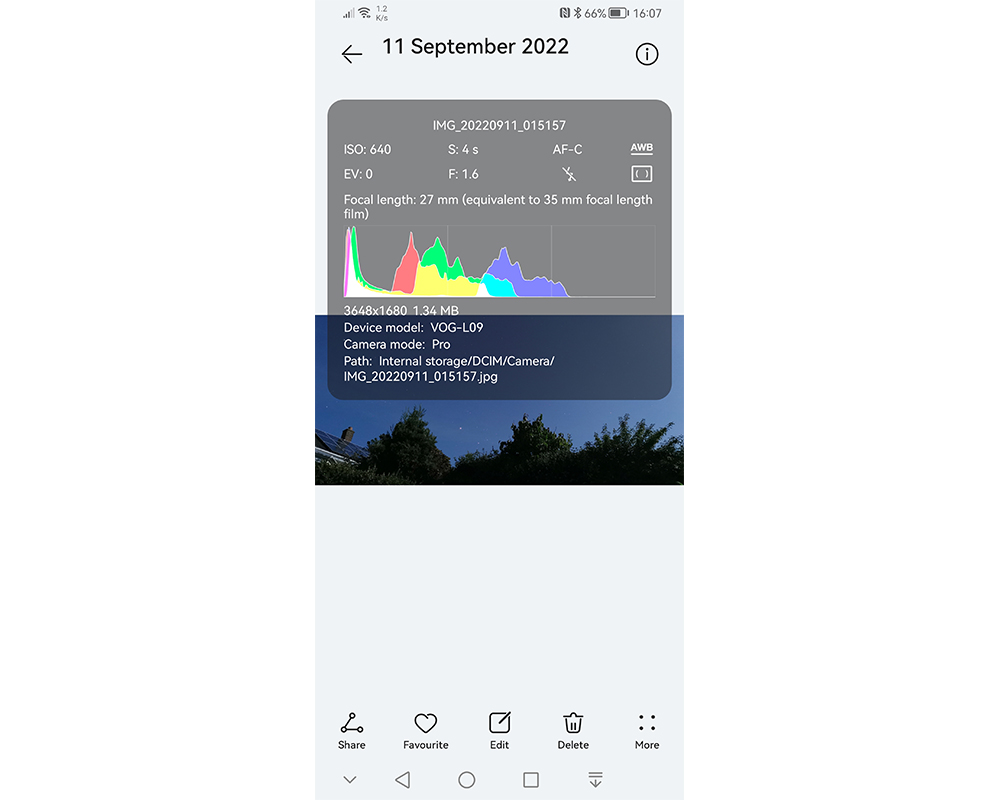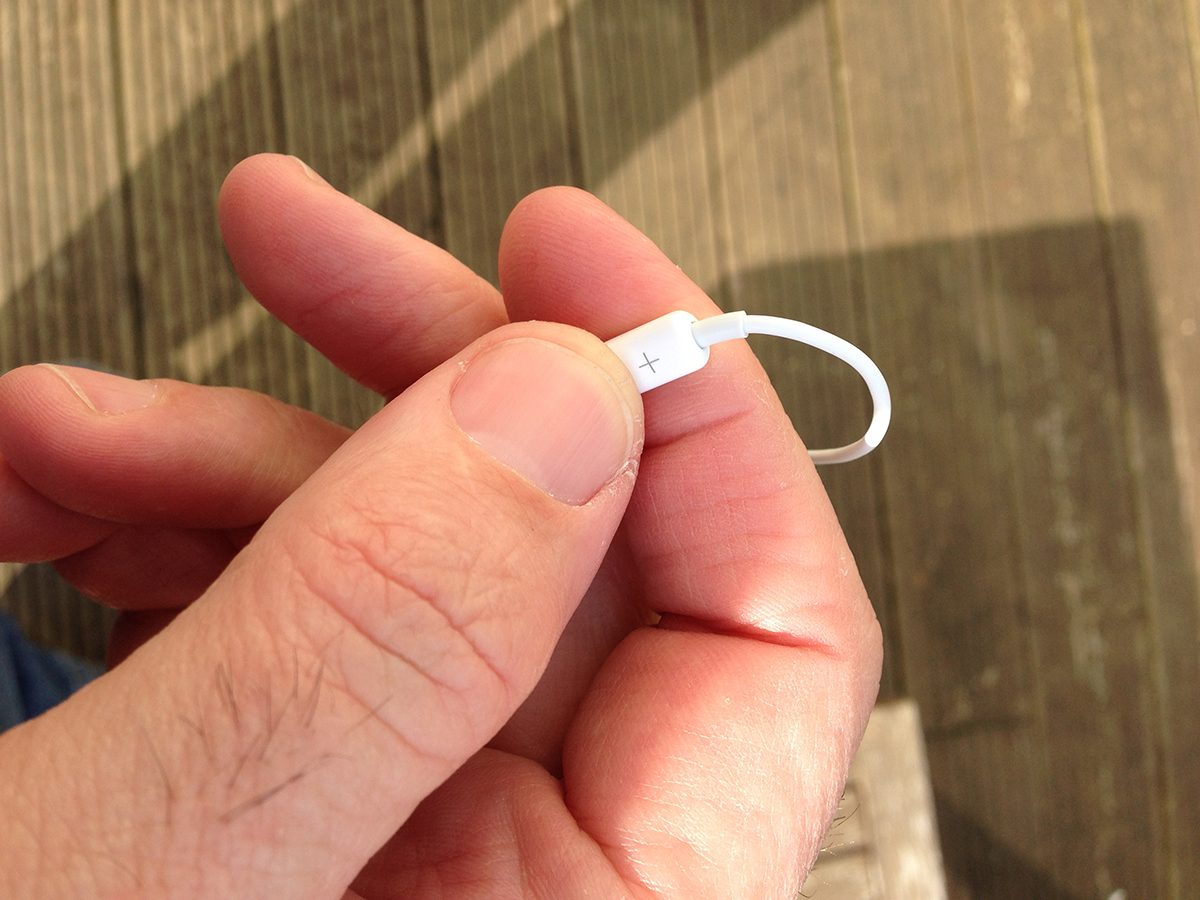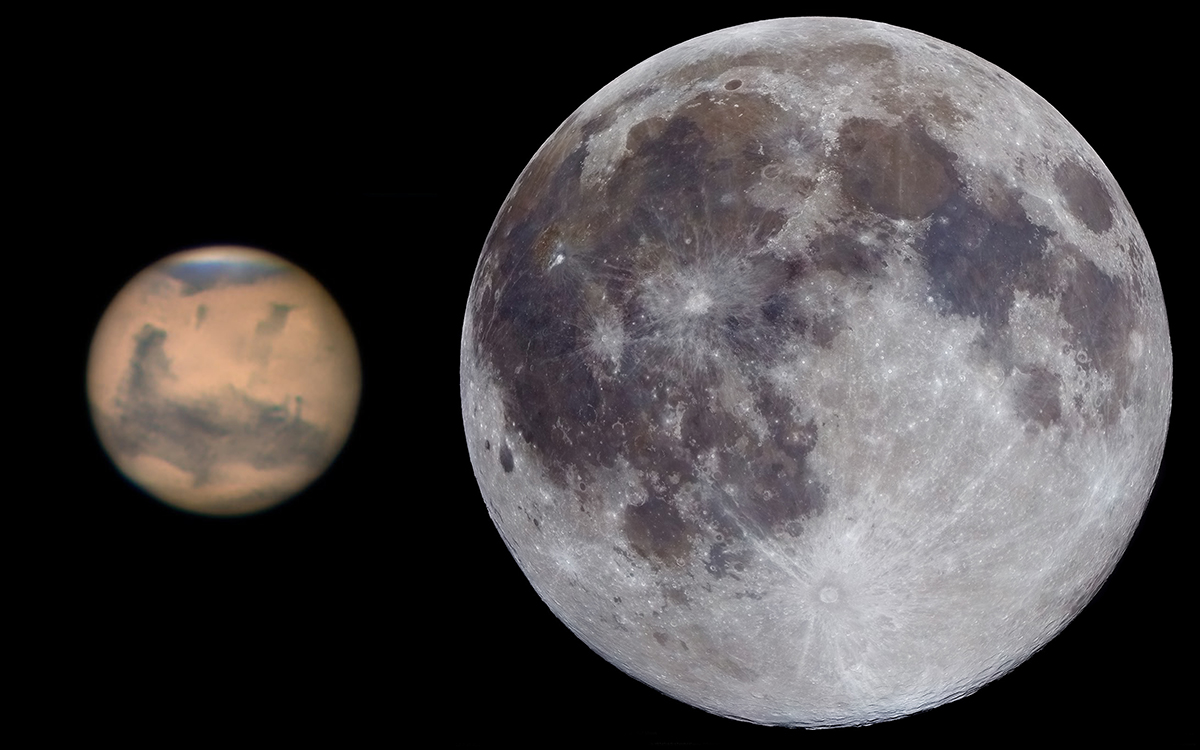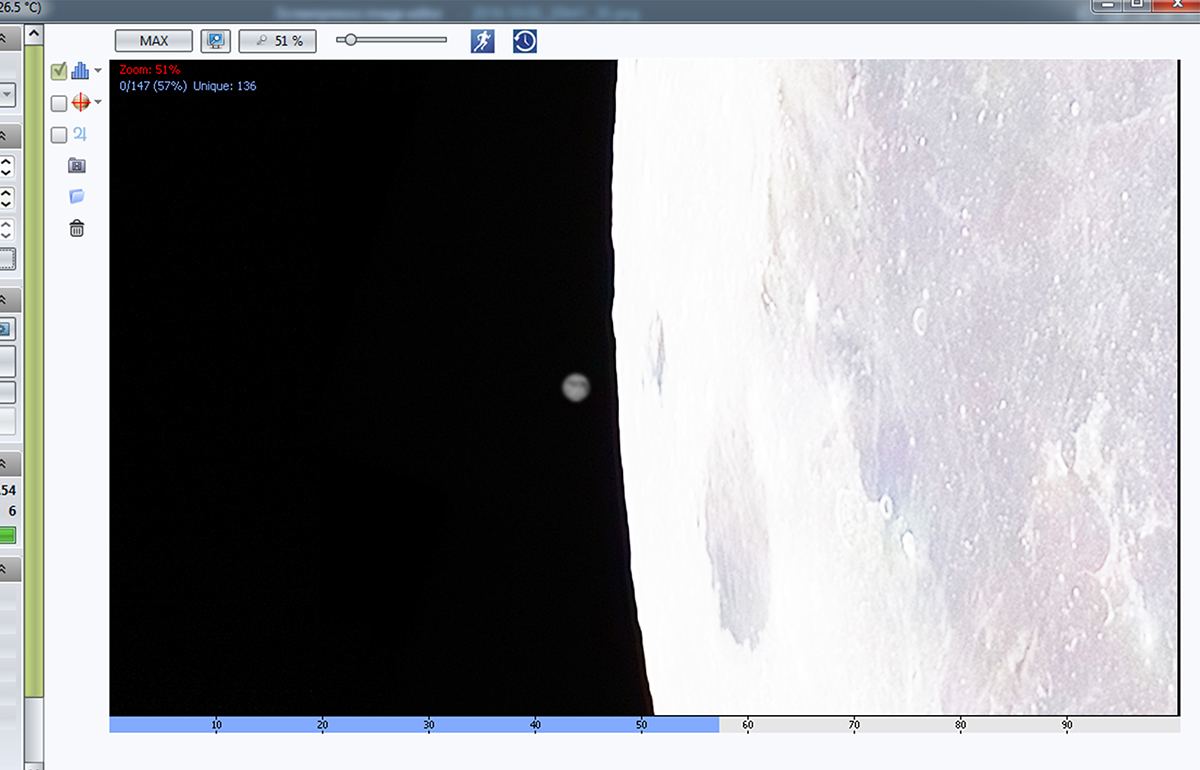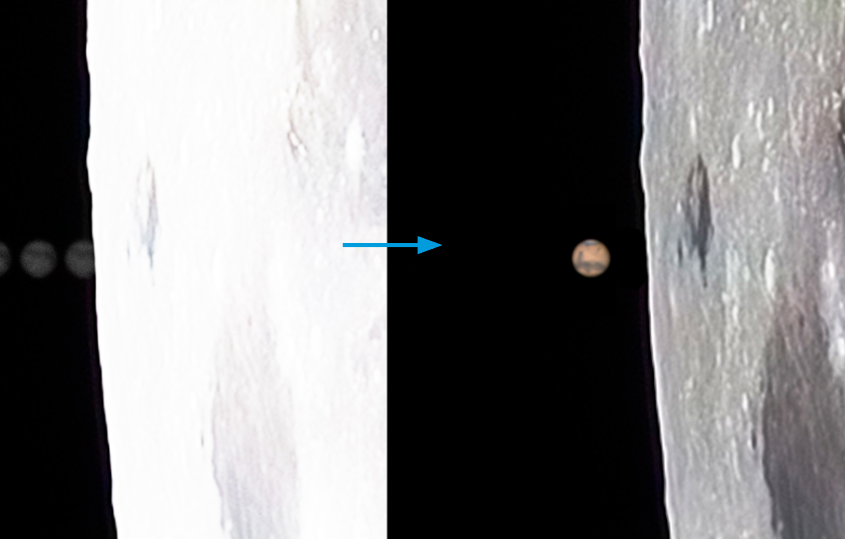Mars will be occulted by the Moon early in the morning on 8 December, the day the planet is also at opposition.
Mars opposition is a big deal for Mars, presenting the planet at its largest and brightest for the current period of observation – great news for anyone wanting to capture an image of this uncommon event.
In this guide we'll show you how to photograph the Mars occultation for yourself.
For more info, read our complete guide to the lunar occultation of Mars.
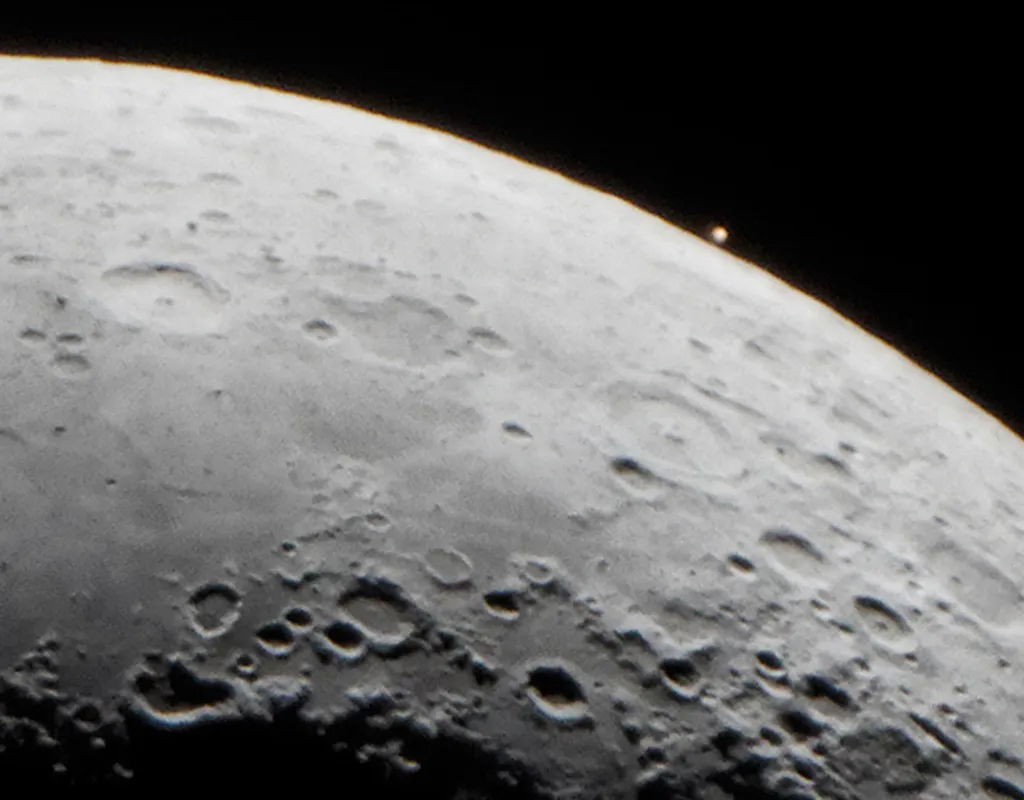
Photographing with a smartphone
The planet will be bright enough that many smartphone cameras may well be able to photograph it.
If this is how you plan to record the occultation, head outside on a clear night before 8 December to see whether yours can.
Some are able to detect low light conditions and adjust accordingly.
If yours can’t do this, see whether it offers a choice of manual camera settings either natively or via a downloadable app.
A Google search of your phone’s make, model and ‘astrophotography’ may provide advice on settings.
Point your phone down the eyepiece
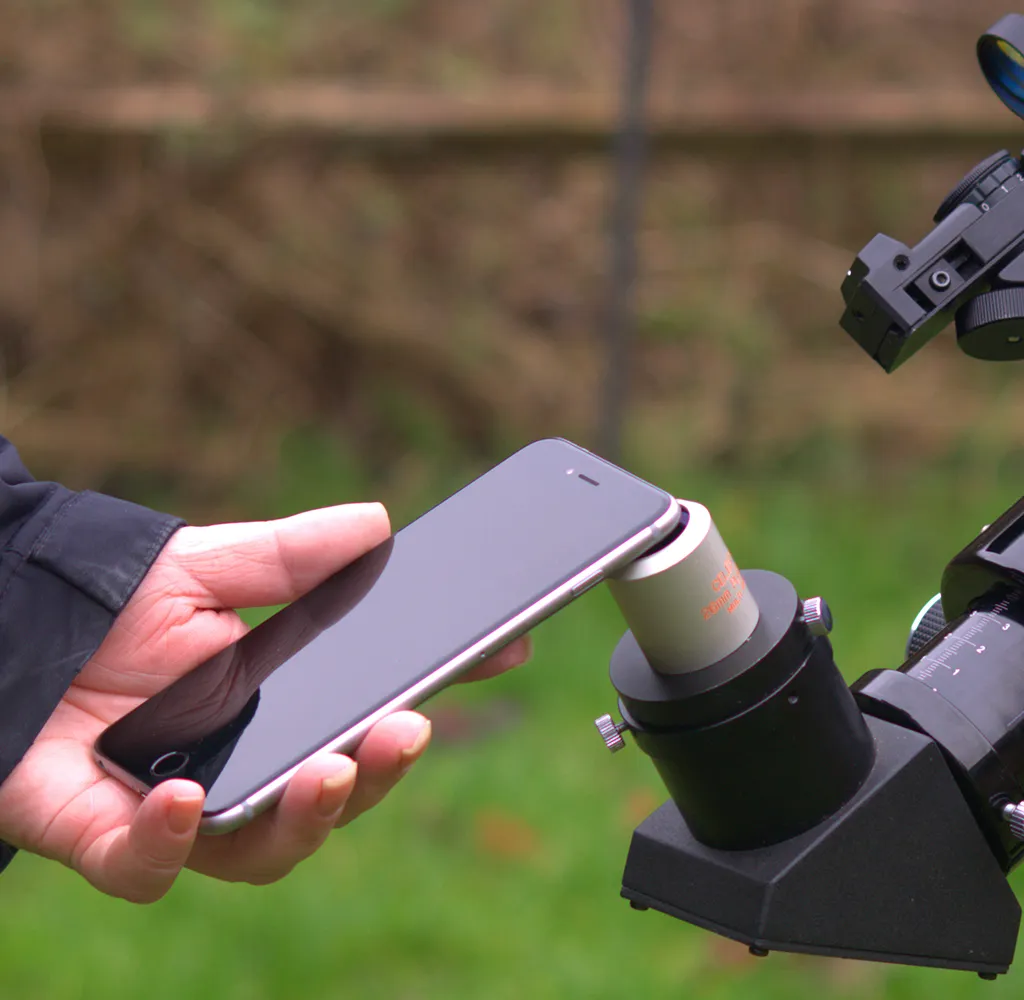
It’s unlikely that your phone can capture the planet as it slips behind the edge of the Moon or out from behind it an hour later, but it may be possible to achieve this afocally by pointing your phone down the eyepiece of a correctly focused telescope at the time of the occultation.
An eyepiece holder is highly recommended here and can be obtained relatively inexpensively via astronomical equipment stockists.
If you plan to use just a phone camera, consider mounting it on a tripod with an inexpensive phone holder.
A headphone cable with a volume control sometimes works as a remote shutter release.

Try it out in the days before the occultation by opening the camera, attaching the cable and pressing the ‘+’ volume control to see whether your phone takes a picture.
Aim to take shots when the Moon is near to Mars either before or after the occultation – this should give the best results.
If your camera has zoom capability, use optical zoom rather than digital zoom.
Digital zoom takes the highest optically zoomed image and rescales it, with no advantage other than looking impressive on your phone’s screen.
Photographing with a digital camera

Photographic cameras fitted with telephoto lenses will get you in closer to the action.
Below 1,000mm focal length, aim to capture the Moon with Mars as a dot nearby.
Make a correct exposure of the Moon first, then adjust so Mars is nicely shown.
Take a series of several images at, say, five-minute intervals leading up to the occultation.
These can be overlaid, setting the upper layer’s blend modes to lighten.
Finally, bring these together with the properly exposed Moon shot to make a stunning rendition of the event.
Mars will present an apparent disc size of 17.1 arcseconds on the night of the occultation.
Although 105 times smaller than the 1,803-arcsecond apparent diameter of the Moon, a close-up on Mars will show it as a disc.
With a telephoto setup you can capture the event in its full glory, as long as you pay attention to the brightness difference between Mars and the Moon.
Follow our step-by-step guide below and see how well you can do capturing this rare and exciting event.
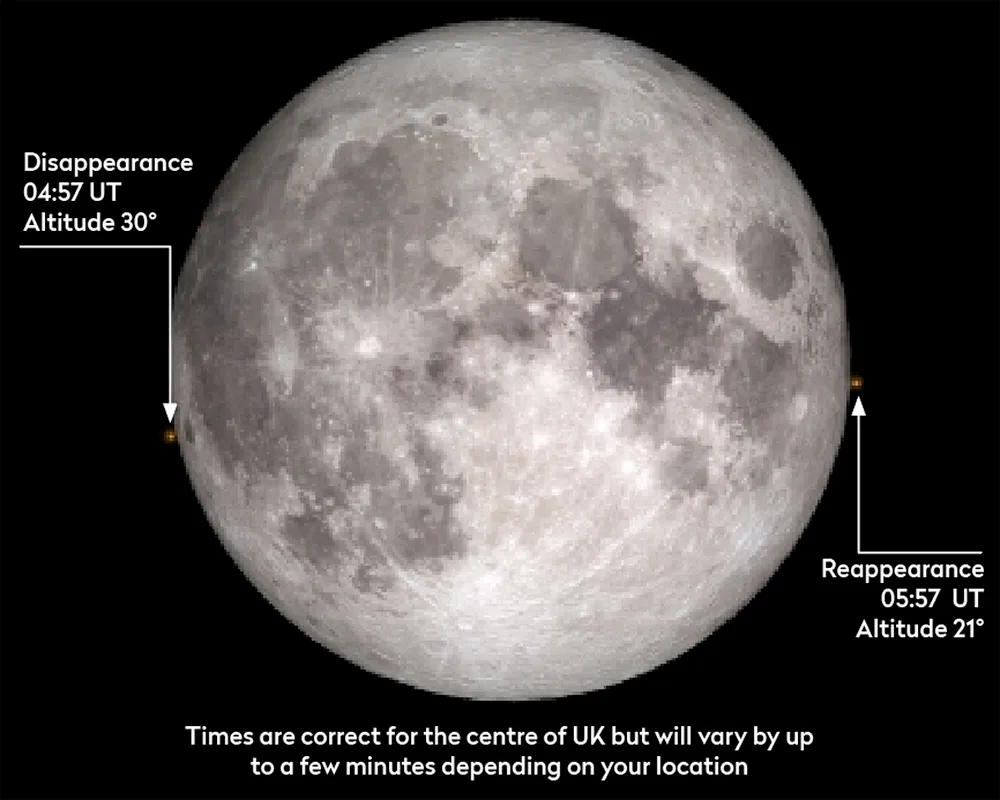
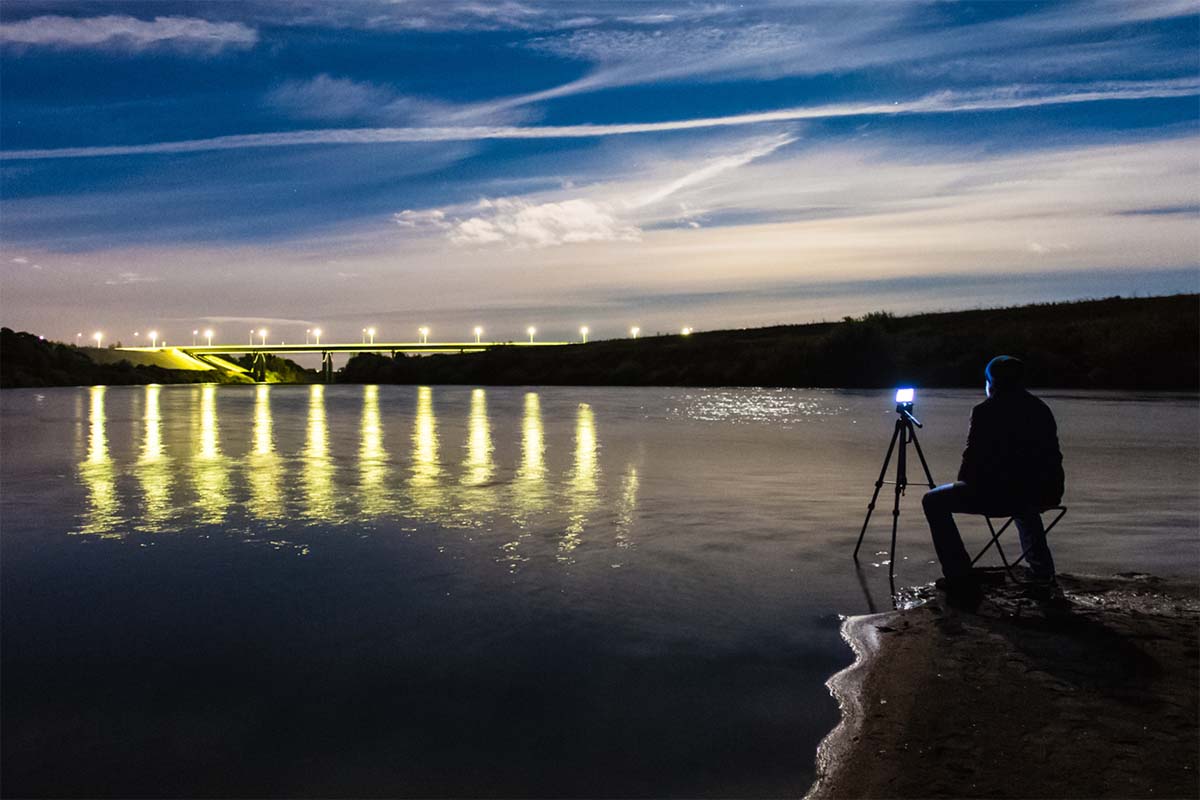 Credit: meatbull / Getty Images[/caption]
Credit: meatbull / Getty Images[/caption]
